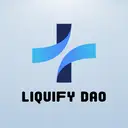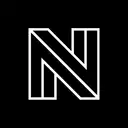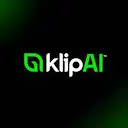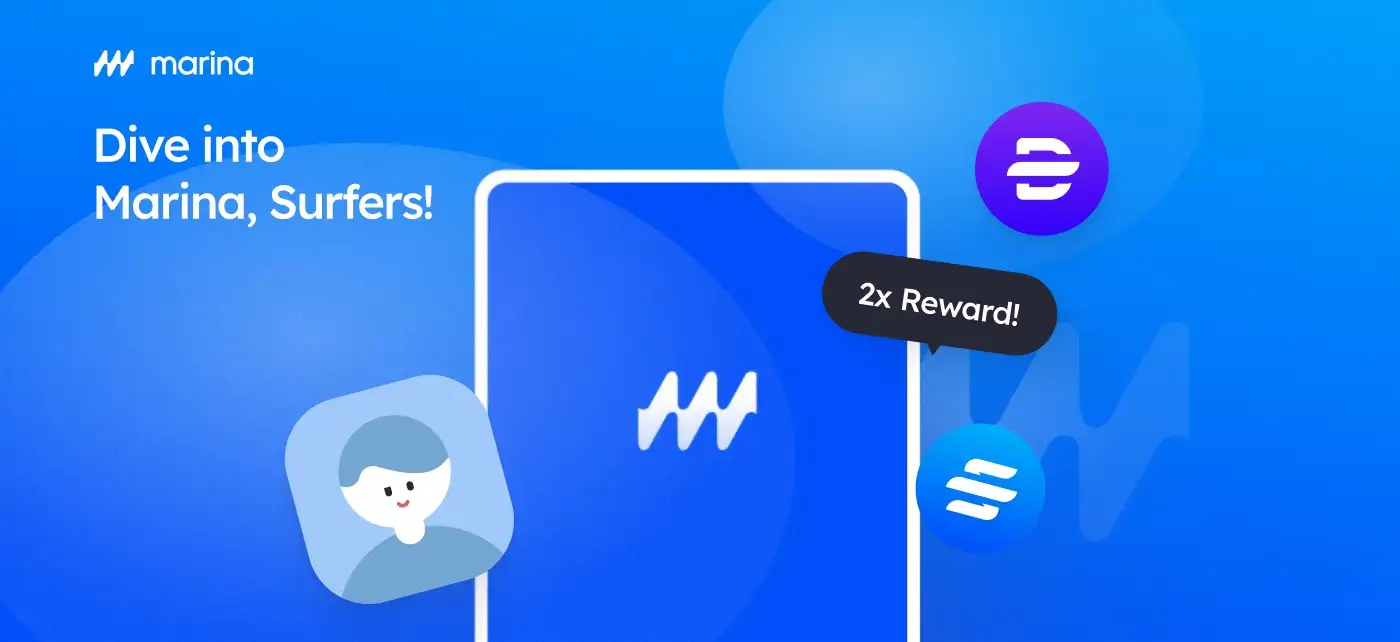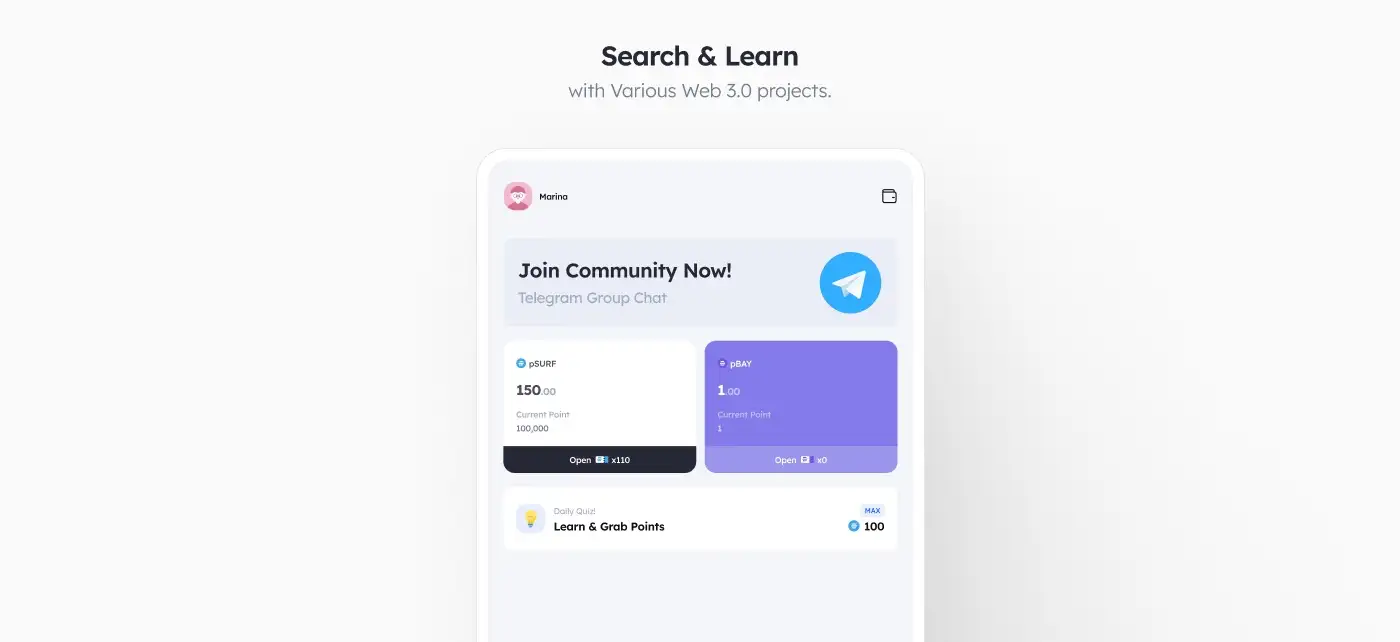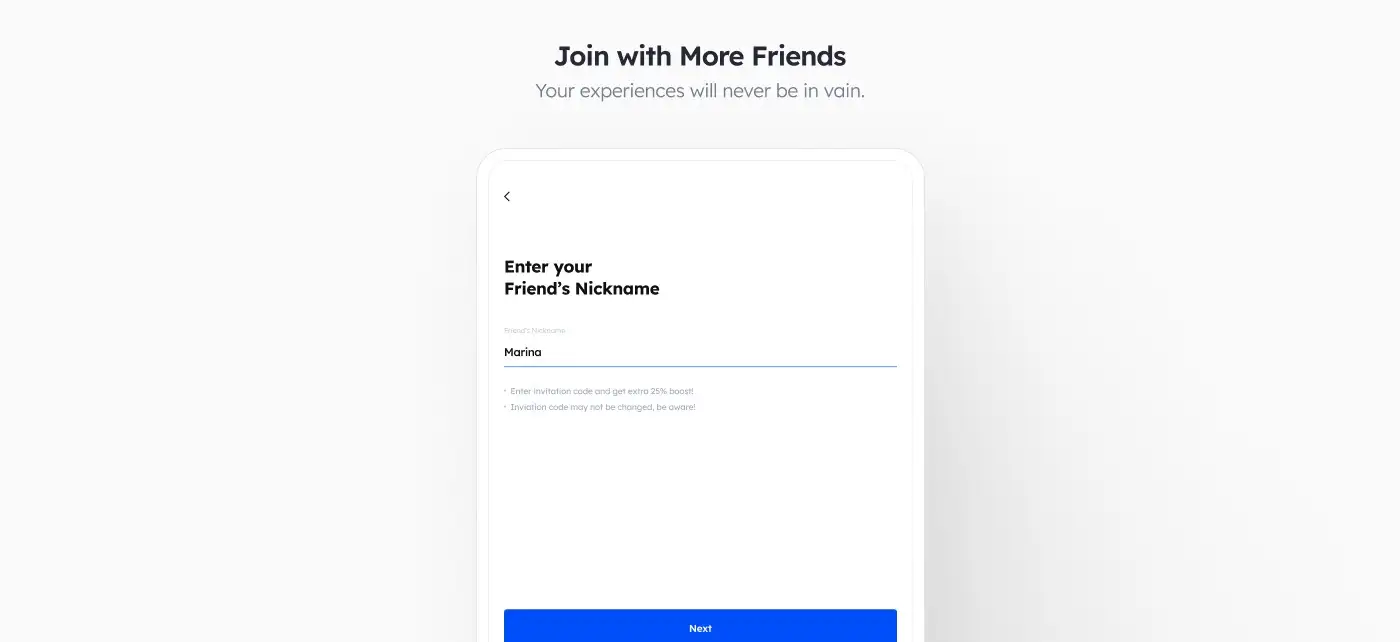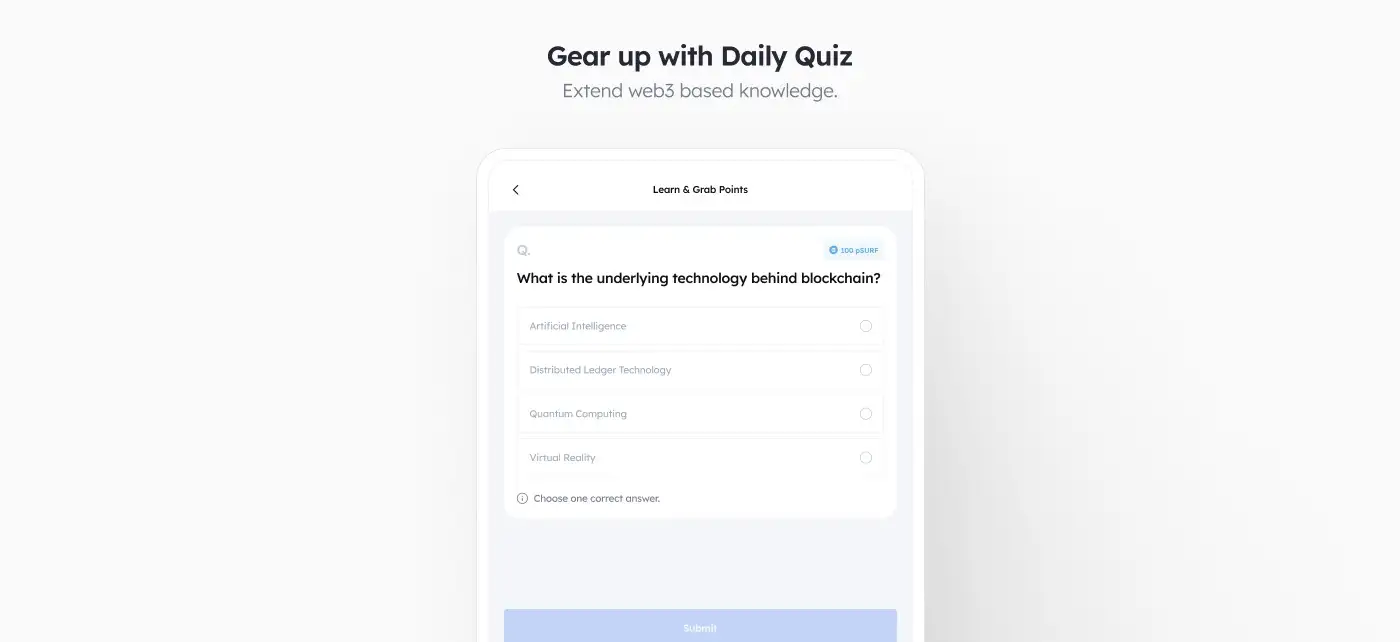About Marina Protocol
Marina Protocol is a decentralized platform designed to facilitate the transition to Web 3.0. It offers a suite of tools and services that empower users to engage in decentralized finance, governance, and community-based projects. By utilizing blockchain technology, the platform enables users to take control of their data and digital assets in a secure and decentralized manner. Marina Protocol is geared toward users seeking more autonomy and involvement in the next evolution of the internet, with a specific focus on dApps and decentralized governance.
One of the standout features of Marina Protocol is its use of the SURF and BAY tokens, which allow users to engage in various economic and governance activities within the ecosystem. As Web 3.0 evolves, Marina Protocol aims to provide a user-friendly gateway to this new internet era, offering decentralized solutions for a variety of industries and communities.
Marina Protocol was developed to address the growing demand for decentralized finance (DeFi) services within the Web 3.0 ecosystem. By implementing a dual-token system with $SURF and $BAY, the protocol combines utility and governance, allowing users to interact with the platform in various ways. Users can stake $SURF for rewards, engage in liquidity pools, or mine tokens, while $BAY tokens grant them voting rights and influence over the protocol’s governance and future direction. This decentralized structure ensures that the community plays a key role in determining the platform's evolution.
Marina Protocol has a clear roadmap focused on scalability, inclusivity, and user engagement. The project is designed to be accessible to both experienced DeFi users and those new to the space, offering features that promote ease of use without sacrificing complexity for advanced users. By providing a seamless experience for all, Marina aims to accelerate the adoption of decentralized technologies, particularly within the realm of financial services. Marina’s ecosystem is expanding steadily, with plans for integrating more features, increasing liquidity, and promoting broader adoption of its dual-token economy.
When compared to its competitors, Marina Protocol stands out for its focus on user empowerment and governance. Competitors like Aave, Compound, and MakerDAO are also key players in the DeFi space, offering decentralized lending, borrowing, and stablecoin services. However, Marina differentiates itself by combining these services with a strong emphasis on decentralized governance through the $BAY token, allowing users not only to engage with the platform but also to influence its strategic direction. This focus on both utility and governance makes Marina Protocol unique in the crowded DeFi landscape.
Moreover, the platform’s scalability features ensure that it can accommodate a growing user base without compromising performance, an important factor as more users look to enter the DeFi space. The project’s development team is dedicated to providing ongoing updates and feature enhancements that will continue to drive the platform forward. Its user-centric design is supported by a roadmap that includes expanding liquidity options, enhancing the staking and reward systems, and adding new DeFi services over time.
In summary, Marina Protocol offers a comprehensive solution for users seeking to participate in decentralized finance with a focus on both governance and utility. Its dual-token economy, scalability, and community-driven approach differentiate it from other protocols in the space. To learn more about the project’s roadmap, governance, and features, visit the official Marina Protocol website.
- Dual-Token System: Marina Protocol uses two distinct tokens—SURF and BAY—to balance utility and governance. SURF allows for staking and rewards, while BAY gives users voting power in governance decisions.
- Decentralized Governance: Through the BAY token, users can propose and vote on key decisions, including protocol upgrades, partnerships, and tokenomics changes, ensuring the platform remains community-driven.
- Web 3.0 Focus: Marina Protocol is built specifically for the future of Web 3.0, providing a framework for decentralized applications and digital asset management.
- Staking and Mining Rewards: Users can stake SURF tokens to earn rewards and engage in the ecosystem. Mining programs also allow users to earn tokens through participation.
- Interoperability: Marina Protocol aims to integrate with other decentralized ecosystems, allowing for cross-chain compatibility and interoperability with platforms such as Polkadot and NEAR.
- Create an Account: Head over to the Marina Protocol website and sign up by providing your email and creating a secure password.
- Connect Your Wallet: Link your cryptocurrency wallet (such as MetaMask) to the Marina Protocol platform for managing your SURF and BAY tokens.
- Stake SURF Tokens: After obtaining SURF tokens, start staking them to earn rewards and participate in the Marina Protocol ecosystem.
- Participate in Governance: If you hold BAY tokens, you can take part in voting on proposals and contribute to the platform’s decentralized governance.
- Explore dApps: Engage with decentralized applications built on Marina Protocol, or even create your own using the platform’s tools.
For a detailed guide, visit the Marina Protocol Whitepaper.
Marina Protocol Reviews by Real Users
Marina Protocol FAQ
The Marina Protocol dual-token system features $SURF (utility token) and $BAY (governance token). $SURF is used for staking, mining, and rewards, creating a seamless in-platform economy, while $BAY enables users to participate in governance decisions, voting on upgrades and other protocol changes. This system ensures that users have both functional and decision-making power, which sets it apart from many other DeFi platforms. Learn more on their official website.
Marina Protocol emphasizes decentralized governance through the $BAY token. Unlike other platforms where governance is limited to a small group, Marina ensures that all $BAY holders can participate in key decisions such as protocol upgrades, fee adjustments, and more. This open approach gives real power to the community. More details are available on the Marina Protocol website.
By staking $SURF tokens, users can earn rewards and contribute to liquidity pools within the Marina Protocol ecosystem. Staking offers incentives to users by increasing their token holdings, while also supporting the platform’s decentralized finance structure. This creates an opportunity for passive income generation and active participation in DeFi. For more on staking, visit the official website.
Marina Protocol is designed with scalability in mind, ensuring that the platform can handle increasing demand without compromising performance. The development team focuses on expanding infrastructure and implementing features that support higher transaction volumes. These scalability efforts are critical as the platform continues to grow. Find out more about the roadmap on their official website.
While Aave, Compound, and MakerDAO focus on lending and borrowing, Marina Protocol integrates decentralized governance through $BAY. This allows users not only to engage with the platform's services but also to influence its future decisions. Marina's unique dual-token structure provides a blend of utility and governance that is uncommon in many DeFi platforms. Learn more on their official website.
You Might Also Like

